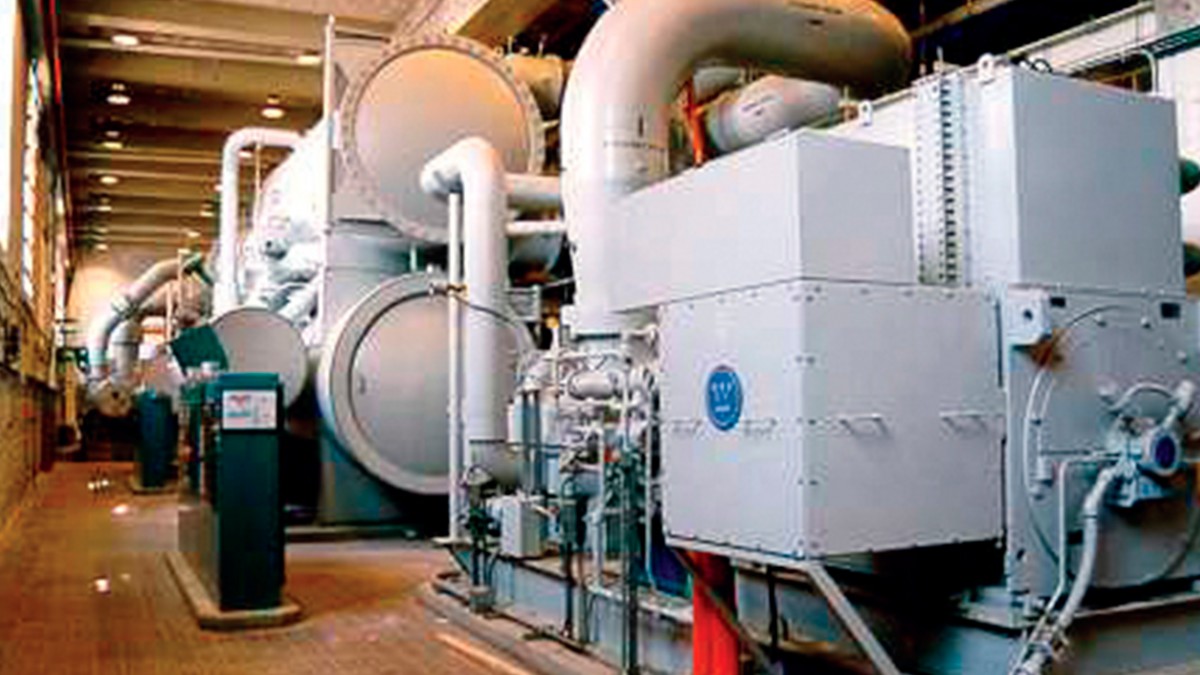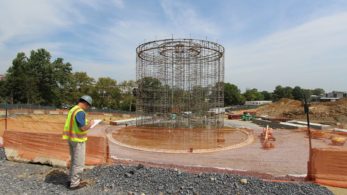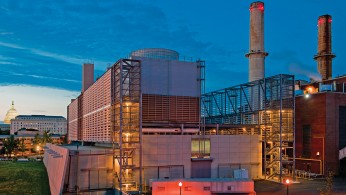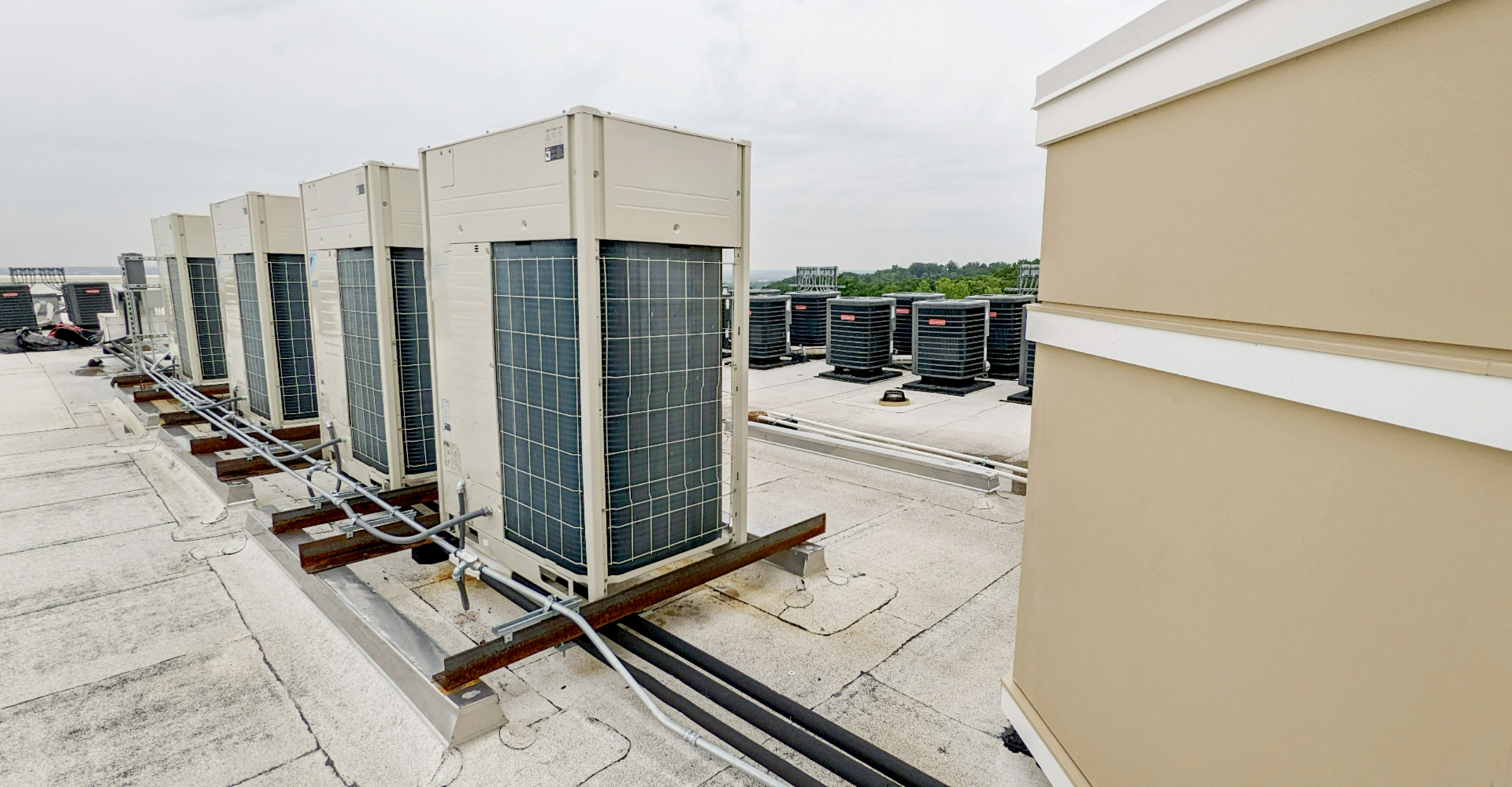Overview
The Bethesda, Maryland Campus of the National Institutes of Health (NIH) is one of the leading medical research facilities in the world. With a plan to more than double the square footage of the medical facilities, NIH was in need of a plan for its utilities to support the growth. RMF was awarded the opportunity to develop the utility capacity expansion plan in 1990, and has maintained a working relationship with NIH for more than twenty-five years.
A comprehensive assessment of existing utilities was the first step in the development of the 20-year “Infrastructure Modernization and Improvement Program”, which would be the guide for the design and implementation of utilities campus-wide. Every aspect of the plan was executed culminating with the installation of the final 5,000 ton chiller (60,000 ton total capacity) in 2009, making NIH’s chilled water plants one of the largest in the nation. The program also included multiple phases of steam plant construction including demolition, major equipment additions, equipment replacement and re-construction and fuel conversion. Mechanical utility distribution was constructed in a loop configuration, and placed in new accessible tunnels for maintenance access and high reliability.
RMF also designed the MEP systems for two premier class research facilities on the NIH Bethesda campus, both of which include BSL-3 containment labs that require high reliability support systems. The Louis B. Stokes Laboratory Building (300,000 SF) is dedicated to structural and cell biology research, while the 72,000 SF Dale and Betty Bumpers Vaccine Research Building was developed in response to a Presidential commitment to develop an AIDS vaccine. Both buildings incorporate interstitial floor concepts to provide maintainable ductwork, piping and electrical systems, as well as total enthalpy energy recovery wheels to dramatically reduce heating and cooling energy demands.
Engineering Highlights
- 60,000 ton chilled water plant utilizing 5,000-ton high efficiency (0.55 kw/ton) centrifugal chillers, some with both 13.2 kV electric motor and steam turbine drives.
- Repairs of four boilers and the installation of a fifth for a combined 800,000 PPH of steam capacity.
- 1½ miles of new 10’H x 15’W walk-thru underground concrete utility tunnels.
- Two new award winning and energy efficient research buildings with interstitial floors.
- Additional utility infrastructure and building expansion projects at the National Institute of Environmental Health Services at the Research Triangle North Carolina Campus.








